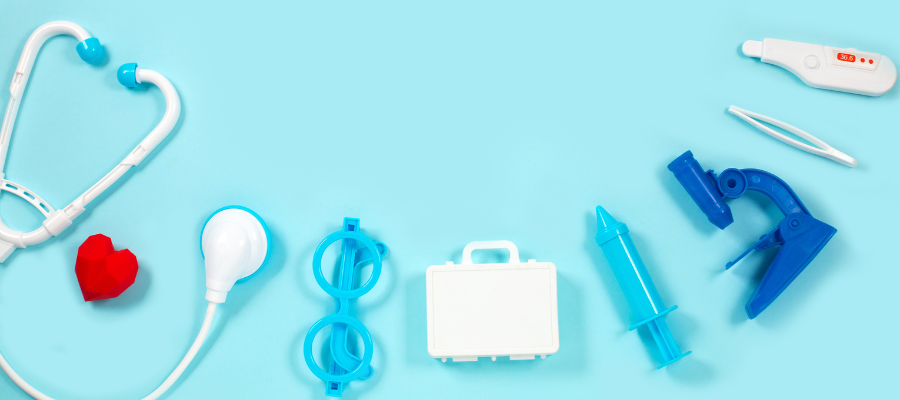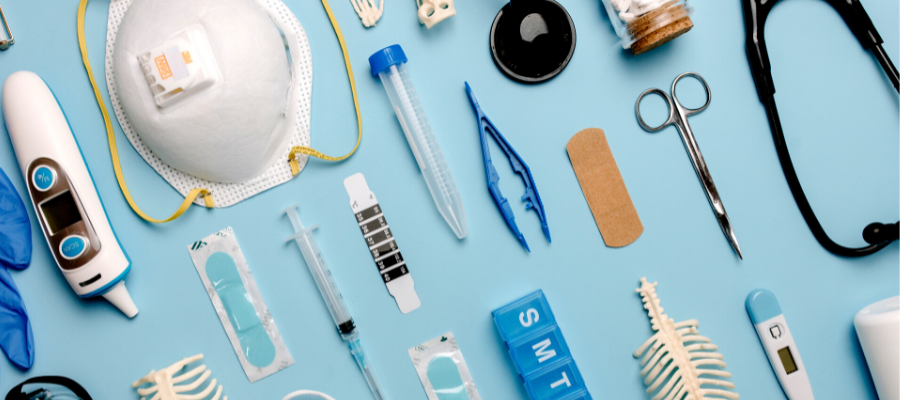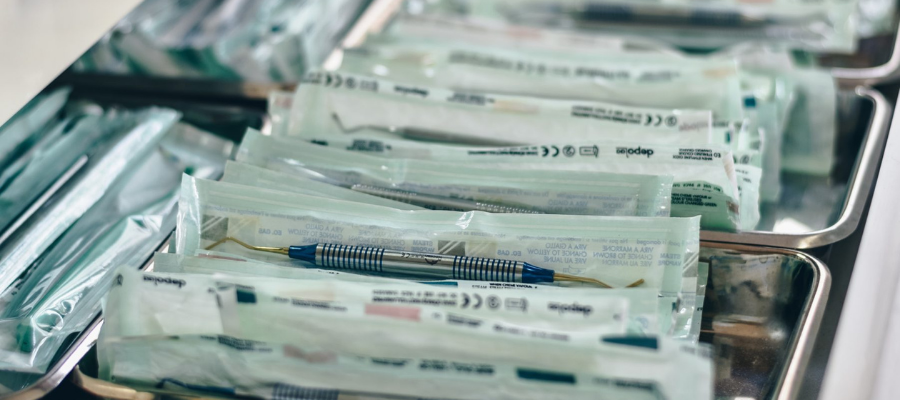
In May 2023 Medical Device Coordination Group (MDCG) approved new changes to the design or intended purpose of medical devices. Some of them are considered significant while others are non-significant. Products with certificates issued under the old EU directives can stay on the market during the transition to the new Medical Device Regulations (MDR), provided they do not undergo any significant changes.
What does it mean ‘’significant changes’’?
A significant change in the design or intended purpose consists of two cumulative elements:
- there is a change in the design or intended purpose, and
- the change is significant.
That means that changes that do not concern the design or intended purpose are out of the scope of Article 120(3) MDR (Medical Device Regulation).
MDCG’s section on changes not concerning the design or intended purpose is entirely new and notes that changes in the manufacturer’s organization or manufacturing process “should generally not be considered changes in the design or intended purpose.”. Equally, tweaks to the quality management system “such as changes in the monitoring and control of production and operations environment” do not generally affect the design or intended purpose, according to MDCG.
Table of Contents
Changes to the design or intended purpose
Significant changes in the intended purpose
1.Extension of the intended purpose, such as:
- additional or new indications;
- additional or new clinical conditions.
2. New user or patient population, such as:
- additional or new target population;
- additional or new user (e.g. change from professional use to layman use).
3. New way of clinical application, such as:
- additional or new applications (different stage or severity of disease);
- additional or new anatomical site;
- new delivery pathway or deployment method.
Significant changes in the design
1. Change of the design that alters the device’s built-in control mechanism, operating principle, source of energy, or alarm systems. For example:
- Change from manual to the software-driven device
- Change to the measuring function, wavelength, or light emission
- Silencing/removing/adding of an alarm system
2. Change that may adversely affect the safety or performance and negatively affect the risk/benefit ratio of a device. For example:
- Change to the device dimension or design characteristics outside of current specifications
- New sensors with a different working principle
- Removal of a design and development input
- Change to mechanisms for preventing the reflux of substances
Software significant changes
- New or major change of operating system or any component (beyond minor changes) (e.g. Linux to Windows or iOS or Android) or new version of an operating system Windows 10 to Windows 11) if a modification to the device software is required
- New or major modification of architecture
- Change of an algorithm that impacts the operating principles or impacts the control of the device and may alter the diagnosis or therapy delivered;
- . New medical feature or functionality that may change the diagnosis or the therapy delivered to the patient;
- New user interface, such as:
- presentation of medical data in a new format or by a new dimension or measuring unit;
- keyboard input to touchscreen;
- keyboard to wireless remote control;
Significant changes related to a substance or material
- Change to a material or substance which is part of an implant and intended for direct or indirect contact with patient tissue or fluid for more than 30 days, or is part of a surgically invasive device that is absorbed
- Addition or change of material of human/animal origin (e.g. collagen produced from skins by collagen produced from bones)
- Change from a material with a low toxicological or biological risk to a material with a higher one
- New or changed substance or material that adversely affects the safety or performance of the device and therefore negatively affects the risk/benefit ratio of the device
Significant changes related to sterilization
- Change of the terminal sterilization method (e.g. ETO to Gamma)
- Change from biological indicator to parametric release
- Changing a device from labelled “non-sterile” to labelled “sterile”
- Change in packaging design that affects sterility, stability or microbiological state of the device, including seal integrity
- Changes to storage or transportation conditions that could adversely affect the sterility or stability.
More detailed information could be found into the MDCG guidance document.





